Hi there, pet lovers! 🪲
Beetles are some of the most fascinating creatures on Earth, and few are as impressive as the Western Hercules Beetle (Dynastes granti). With their massive size, striking appearance, and captivating behaviors, these beetles are a favorite among insect enthusiasts. But are they the right pet for you?
In this detailed review, we’ll explore everything you need to know about keeping a Western Hercules Beetle—from their unique biology and care requirements to their temperament and availability. Whether you’re a beginner or an experienced keeper, this guide will help you decide if these incredible insects belong in your home.
Overview
The Western Hercules Beetle is one of the largest and most impressive beetles in North America. Known for their towering horns (found in males) and glossy, speckled coloration, these beetles are a marvel of nature.
Here’s a quick summary of what makes them stand out:
- Handling and Temperament: Gentle and safe to handle, but best observed rather than frequently held.
- Care and Maintenance: Moderate care needs, with specific requirements for larvae and adults.
- Health and Durability: Hardy if kept in proper conditions, but sensitive to moisture and temperature changes.
- Availability: Available through specialty breeders, but not commonly found in pet stores.
- Cost: Moderate initial cost, with affordable long-term upkeep.
- Overall: A rewarding pet for dedicated insect keepers who appreciate their unique lifecycle and beauty.
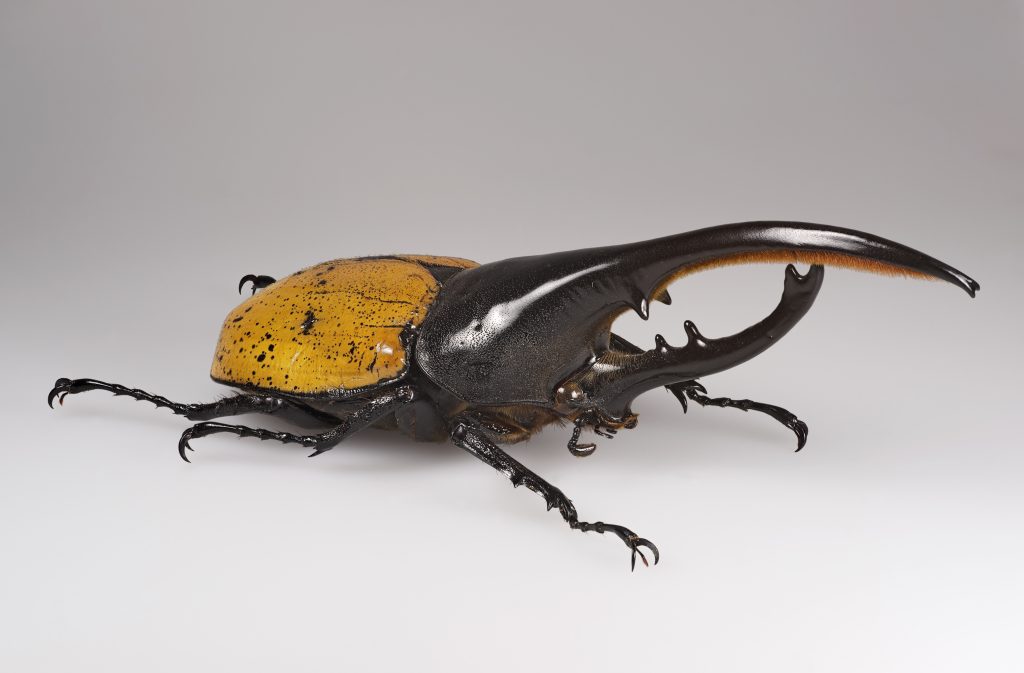
Why Choose a Western Hercules Beetle?
Western Hercules Beetles are ideal for those who want a low-maintenance yet fascinating pet insect. Unlike mammals or reptiles, they don’t require daily interaction, making them perfect for busy hobbyists. Their long larval stage (up to 2 years) offers a unique opportunity to observe metamorphosis, while adults are stunning display animals with their impressive size and horns.
Additionally, their docile nature makes them safe to handle (unlike some other large beetles), and their striking appearance ensures they’ll always be a conversation starter.
Handling and Temperament
Western Hercules Beetles are surprisingly gentle for their intimidating size. Despite their large horns, they do not bite or pinch aggressively, making them safe to handle with care.
Personality and Behavior
- Males use their horns for wrestling rivals, but they won’t harm humans.
- Females lack horns but are equally impressive with their glossy, armored bodies.
- Both sexes are slow-moving and calm, rarely attempting to flee when handled.
Handling Tips
- Support their body—their legs can grip, but a fall could injure them.
- Avoid excessive handling—they’re more of a “look, don’t touch” pet to minimize stress.
- Watch for tarsal claws—their feet can grip skin lightly, but it’s harmless.
While they’re not as interactive as a dog or cat, their majestic presence makes them a joy to observe.

Care and Maintenance
Caring for a Western Hercules Beetle varies depending on their life stage (larva vs. adult). Below, we break down their needs for each phase.
Enclosure Setup
- Larvae: Need a deep container (5+ gallons) filled with moist flake soil (fermented hardwood substrate).
- Adults: Require a ventilated terrarium (10+ gallons) with soft substrate, climbing branches, and hiding spots.
Humidity and Temperature
- Larvae: Thrive in 60-70% humidity—substrate should be damp but not soggy.
- Adults: Prefer 50-60% humidity with occasional misting.
- Temperature: Room temperature (70-75°F) is ideal; avoid extreme heat or cold.
Feeding
- Larvae: Eat flake soil exclusively—no additional food needed.
- Adults: Enjoy beetle jelly, sliced fruit (bananas, apples), or tree sap substitutes.
Lighting
- No special lighting required, but a natural day/night cycle is beneficial.
Health and Durability
Western Hercules Beetles are relatively hardy, but improper care can lead to health issues.
Common Health Concerns
- Mold growth (from overly wet substrate).
- Dehydration (if humidity is too low).
- Failed molting (if disturbed during pupation).
Preventative Care
- Monitor substrate moisture regularly.
- Avoid handling larvae or pupae—they’re fragile during these stages.
- Keep enclosures clean to prevent bacterial/fungal growth.
With proper care, adults can live 6-9 months, while larvae take 1.5-2 years to mature.
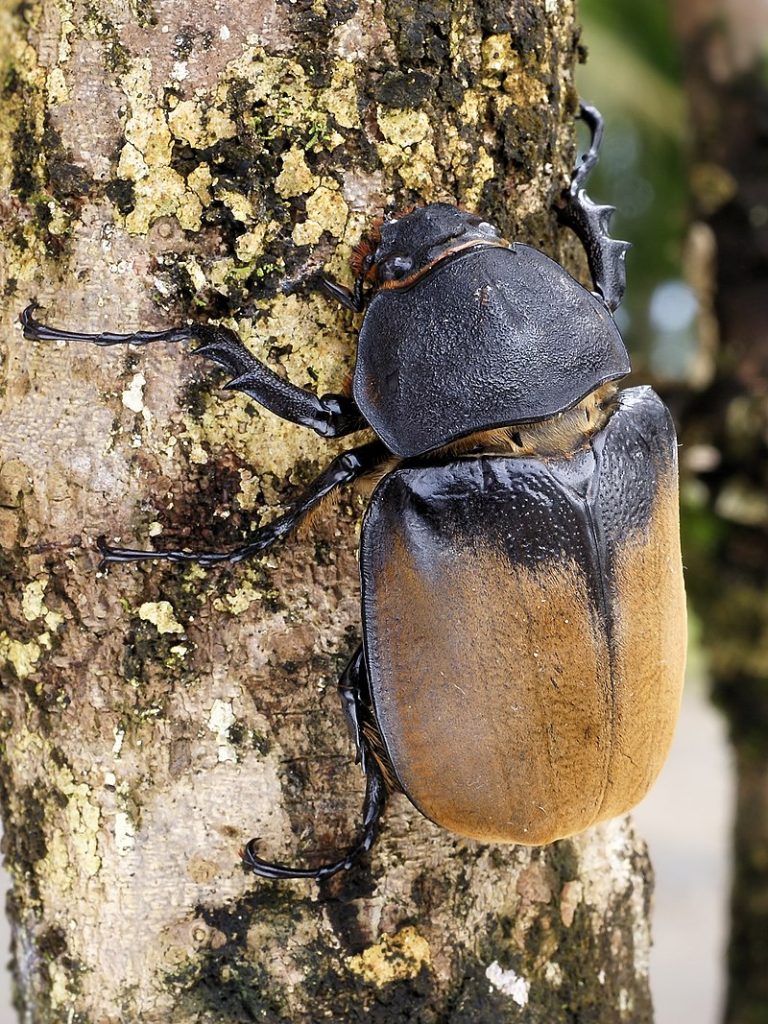
Availability and Cost
Where to Buy
- Specialty breeders (online insect vendors).
- Reptile/insect expos (occasionally available).
- Not typically sold in pet stores.
Cost Breakdown
- Larvae: $20-$50 each.
- Adults: $40-$100+ (rare color variants cost more).
- Setup: $50-$100 (substrate, enclosure, food).
While not the cheapest insect pet, their unique lifecycle and beauty justify the cost for many enthusiasts.
Pros and Cons
Pros
✅ Stunning appearance—one of the most visually impressive beetles.
✅ Low maintenance compared to mammals or reptiles.
✅ Fascinating lifecycle—great for educational observation.
✅ Safe to handle (unlike some other large beetles).
Cons
❌ Long larval stage (not ideal for those wanting quick results).
❌ Sensitive to improper humidity.
❌ Not readily available in stores.

Final Thoughts
The Western Hercules Beetle is a captivating pet for those who appreciate insects. Their majestic horns, glossy coloration, and intriguing behaviors make them a standout choice. While they require specific care during their larval stage, adults are relatively easy to maintain.
If you’re looking for a unique, low-maintenance pet that offers a front-row seat to one of nature’s most incredible transformations, the Western Hercules Beetle might be the perfect choice.
Have you kept Hercules Beetles? Share your experiences below! For more insect-keeping tips, stay tuned to our guides. 🪲

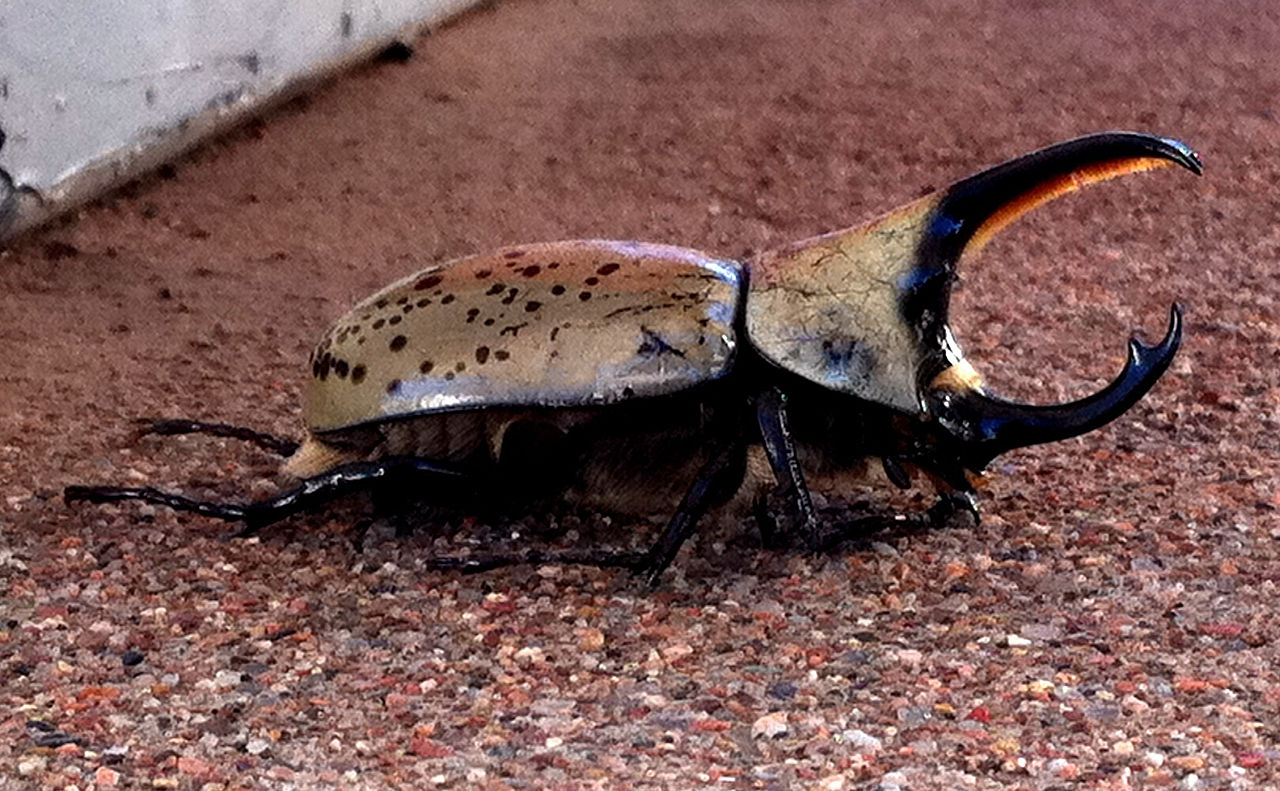

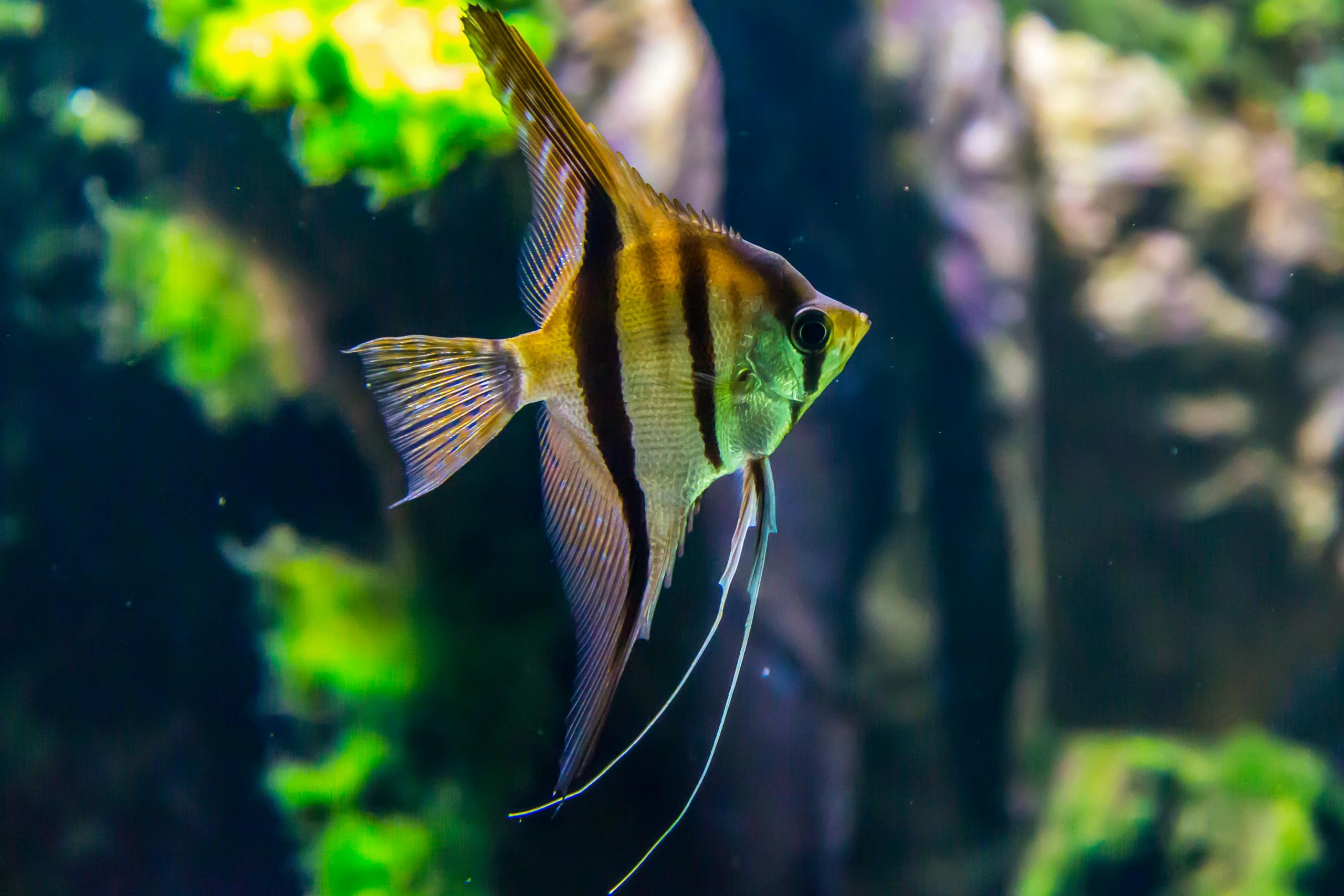
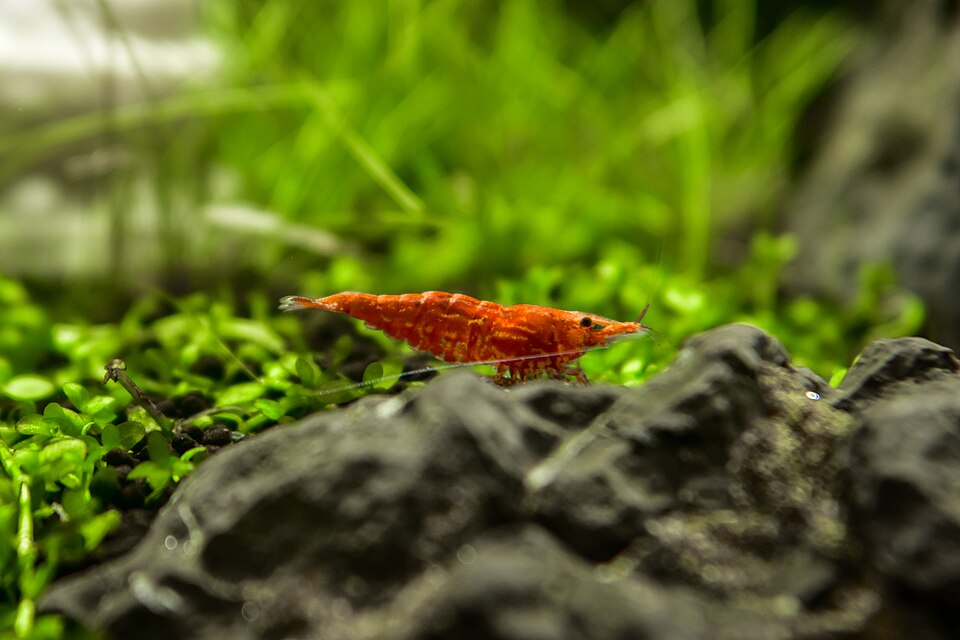

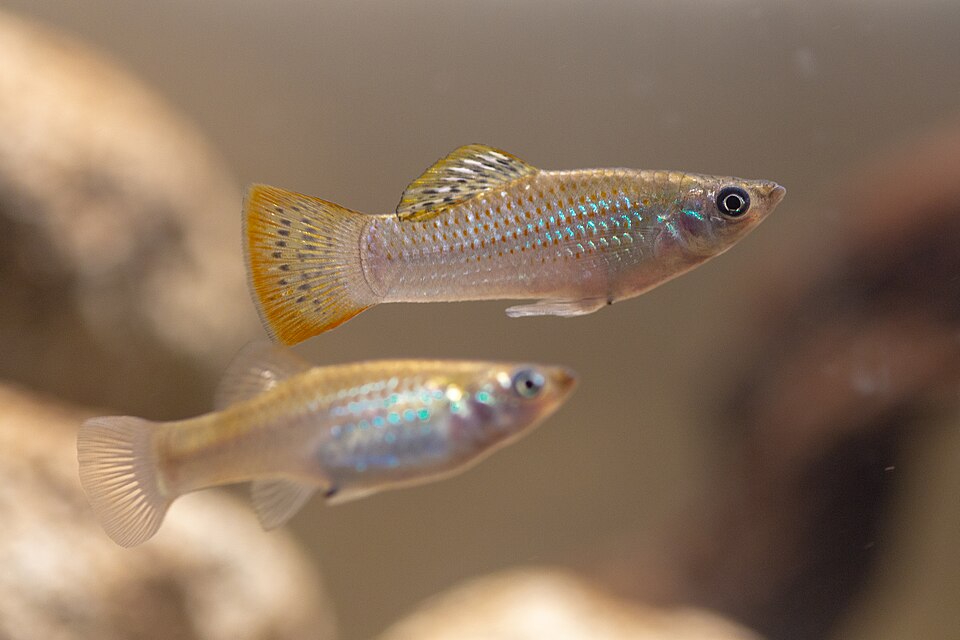

Leave a Reply